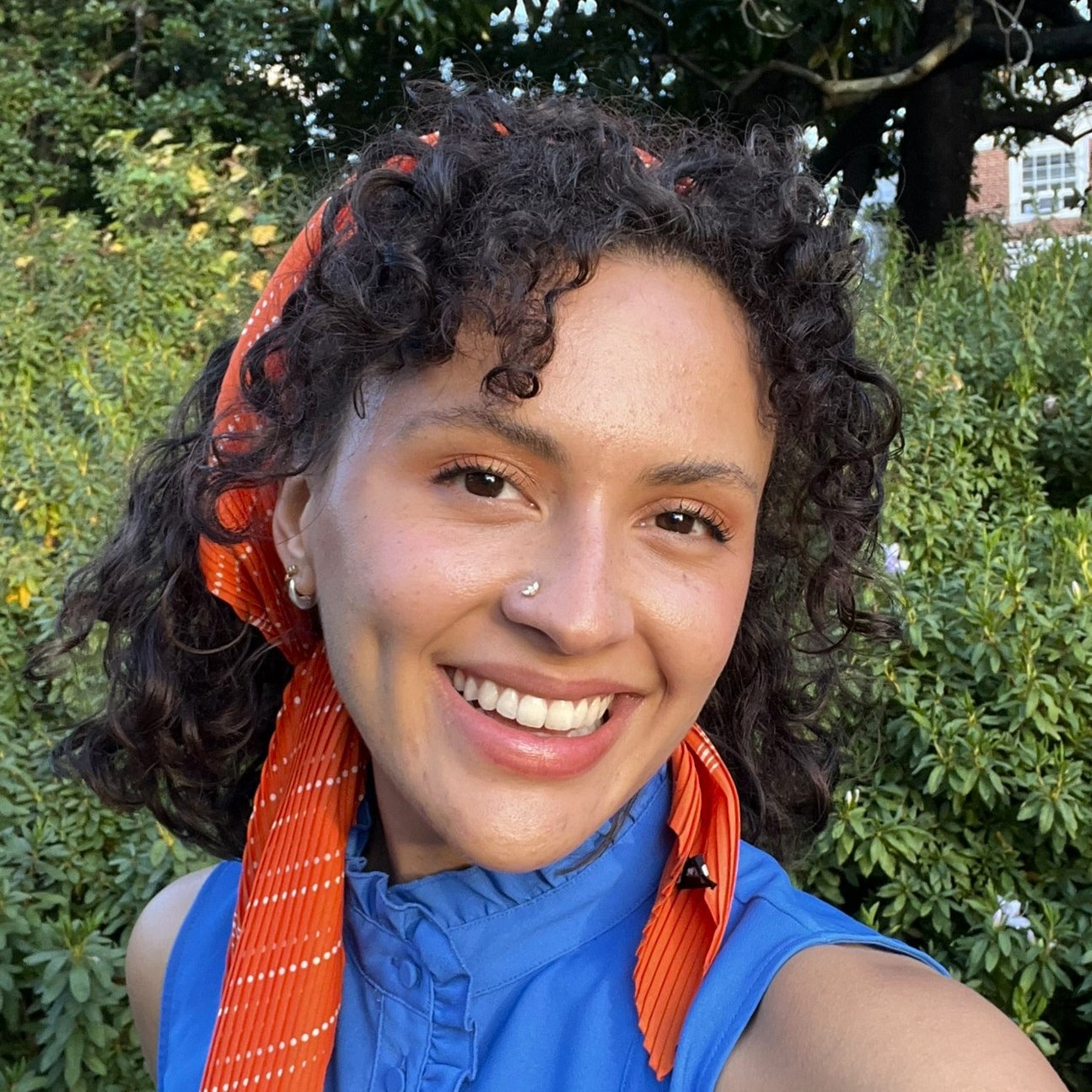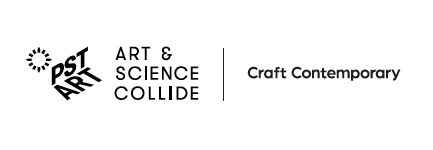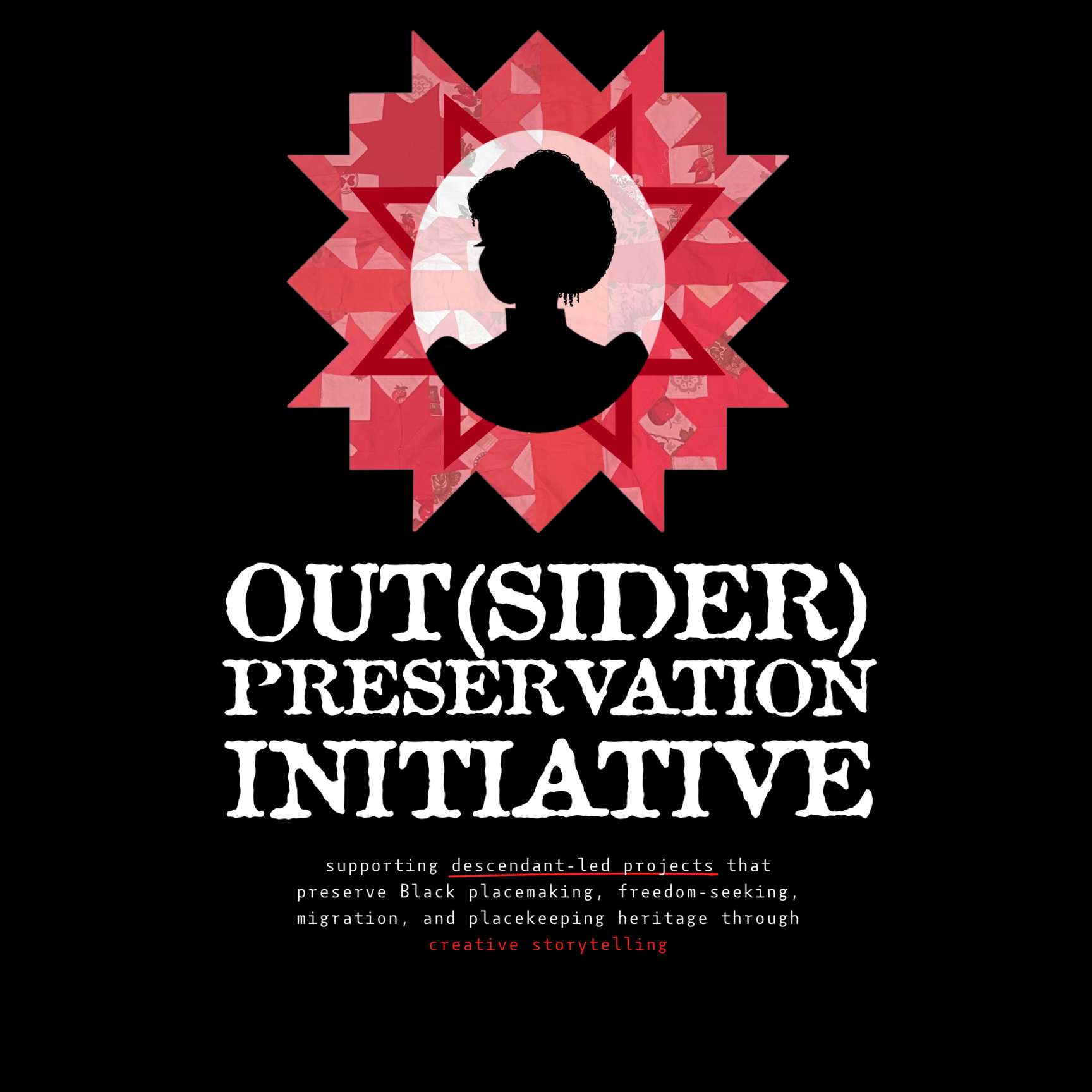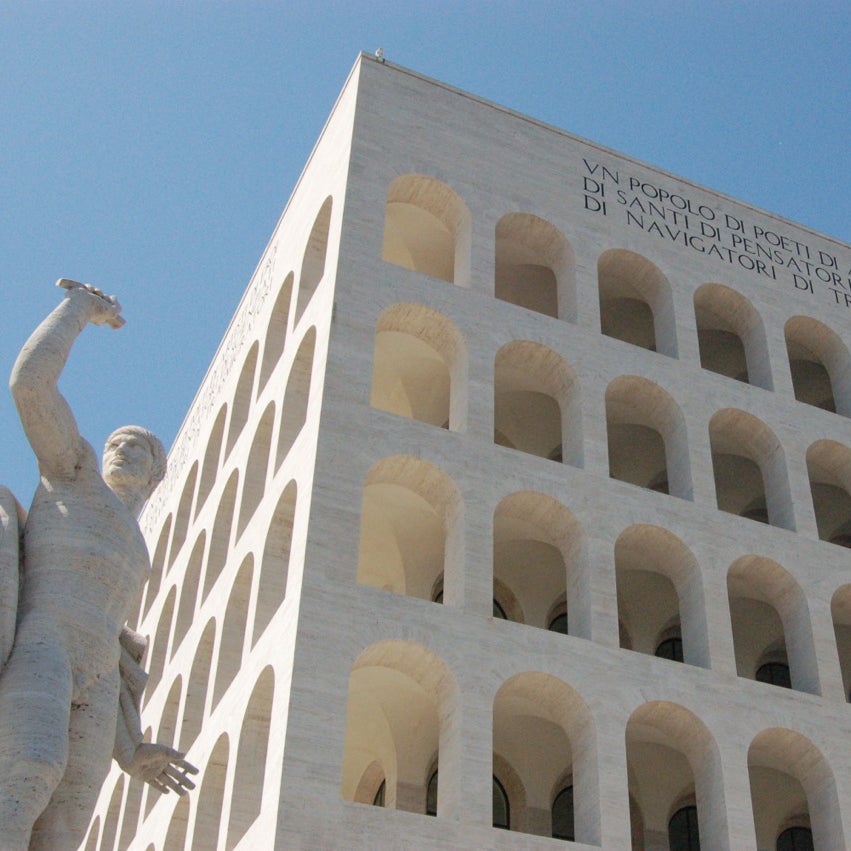
After Architecture exhibits at Craft Contemporary in Los Angeles as part of "Material Acts"
After Architecture, co-founded by Assistant Professors of Architecture Katie MacDonald and Kyle Schumann, were invited to exhibit alongside over twenty contemporary designers, architects, and artists in the recently opened Material Acts: Experimentation in Architecture and Design at Craft Contemporary in Los Angeles. Material Acts is part of the Getty PST ART: Art & Science Collide initiative, a landmark regional event that explores the intersections of art and science through exhibitions, public programs, and other resources. The exhibition runs from September 28, 2024 - January 5, 2025.

CURATORIAL STATEMENT
Curated by Kate Yeh Chiu and Jia Yi Gu, Material Acts "begins with a reframing of materials as process." Materials are typically described as raw resources, fixed products, or inert objects to be sourced from a shelf in the store — a function of commodity more than of making. Yet, such understandings of materials belie the complex logistical, economic, ecological, and technological actions that transform matter into the material substrate for our lives. Instead, Material Acts considers materials as participants in and outputs of cultural practices and techniques.
This perspective of materials as an ongoing process — rather than a raw resource or finished product — recenters human actors and systems in the event of the transformation of material, reminding us that materials are not inert objects, but active.
Material Acts presents over twenty designers, architects, and artists who approach materials as research, processes, and systems. Collectively, this work is framed through five lenses: Animating, Disassembling, Feeding, Re-fusing, and Stitching — highlighting dynamic material transformations in response to climate and ecological crises.

TANGENTIAL TIMBER
AFTER ARCHITECTURE
Featured within the "Disassembling" section of the exhibition, After Architecture's Tangential Timber is a demonstration pavilion that advances circular construction, customization, and democratization of technology by (1) developing a structural application for carbon-sequestering, non-linear wood, (2) piloting methods for adapting designs to non-standard material stock, and (3) lowering the cost and data intensity of digital imaging techniques.
In North America, wood most often makes its way into building applications as dimensioned lumber, made from harvested timber hewn and milled into units of standard size. This industrialized process links the value of wood to its ability to be standardized. Converting timber to lumber can be a wasteful process, as irregularly shaped and infested timber is converted to waste, shredded for chips or pulp or discarded outright. After Architecture’s project Tangential Timber enacts an alternative workflow that exploits the capacities of non-dimensional lumber.
The process begins by collecting irregular waste wood and cutting it into disc-like cross sections of uniform thickness, called “cookies”. These cookies are digitized as images and then fed into a parametric script that aggregates and interlocks the digital cookies into three-dimensional forms such as vaults.

Carefully considering assembly (and disassembly) as tied to material logics, the fabrication of Tangential Timber requires minimal part reduction with a 5-axis waterjet, while CNC routing adds surface continuity across a patchwork of irregular structural blocks. Because the units are joined without binders or hardware using a dovetail masonry system, Tangential Timber is designed for reuse— the cookies retain their structural capacity when disassembled.
The vault's exterior expresses the flat, unprocessed side of each cookie, while the interior, pleated structural stress lines register as a second wood grain. These lines add surface continuity across a patchwork of irregular structural blocks, acting as a pattern for aligning wood masonry units in this 3D puzzle.

Recognized through numerous awards by the American Institute of Architects, Fast Company, Architect Magazine, The Architect's Newspaper, and the Society of American Registered Architects for design and research innovation, the latest presentation of Tangential Timber as part of Craft Contemporary's Material Acts: Experimentation in Architecture and Design situates it, and its authors, among a growing cohort of researchers, designers, and artists who are challenging traditional modes of building by exploring the ideas of bioregional design, waste economies, and living systems, alongside perspectives of care, constraint, and regeneration.

PROJECT ACKNOWLEDGMENTS
PRINCIPAL INVESTIGATORS: Katie MacDonald and Kyle Schumann
PROJECT MANAGER: Abby Hassell
RESEARCH ASSISTANTS: Sonja Bergquist, Sophie Depret-Guillaume, Cecily Farrell, Alex Hall, Caleb Hassell, Abbey Partika, Russell Petro, Emily Ploppert, Dillon Mcdowell, Jonathan (Yianni) Spears, Jolie Talha, Annabelle Woodcock
RESEARCH ACKNOWLEDGMENT (STUDENTS FROM ARCH 3021): Abby Hassell, Audrey Lewis, Jacob McLaughlin, Rohan Singh, Abbie Weissman
FUNDING: UVA School of Architecture Summer Research Funding, UVA Jefferson Trust Flash Funding, UVA Center for Global Inquiry and Innovation Faculty Global Research with Undergraduates Grant
Tangential Timber represents a collaboration between After Architecture (design) and the Before Building Laboratory (research and development).
EXHIBITION CONTRIBUTORS + ACKNOWLEDGMENTS
CURATORS: Kate Yeh Chiu and Jia Yi Gu, with Strat Coffman and Hilary Huckins-Weidner
CONTRIBUTORS: Adobe is Not Software, After Architecture, Anupama Kundoo, Assemble, Assia Crawford, Aterlier LUMA, BC Architects, Charlotte Malterre-Barthes, DOSU Studio Architecture, Dylan Wood, Gramazio Kohler Research, HANNAH, Joar Nango, Lola Ben-Alon, Maru Garcia, Omar Kahn, Post Rock, Rael San Fratello, Sara Inga Utsi Bongo, SOFTLAB, Soft Matters, Sutherlin Santo, Yogiaman Tracy Design
SUPPORT: The Getty Foundation, with additional support by The National Endowment for the Arts, Graham Foundation for Advanced Studies in the Fine Arts, and The Antionia and Vladimer Kulaev Cultural Heritage Fund.
|
|
Image

|
|
***
Craft Contemporary is an art museum whose purpose is to reveal the potential of craft to educate, captivate, provoke, and empower. Craft Contemporary achieves its mission by exhibiting the artists of our time who favor craft materials and processes. Giving voice to local artists, emerging artists and often under-recognized mid-career artists is a museum priority that works to ensure the recognition of various voices not always heard in larger institutions. The museum strives to achieve equitable access through free and low-cost programs, and the inclusion of multiple teaching artists from communities throughout Los Angeles who o er unique art-making workshops, K-12 school programs, senior adult workshops, and art talks. For more information, visit www.craftcontemporary.org.
|
Image

|
|


